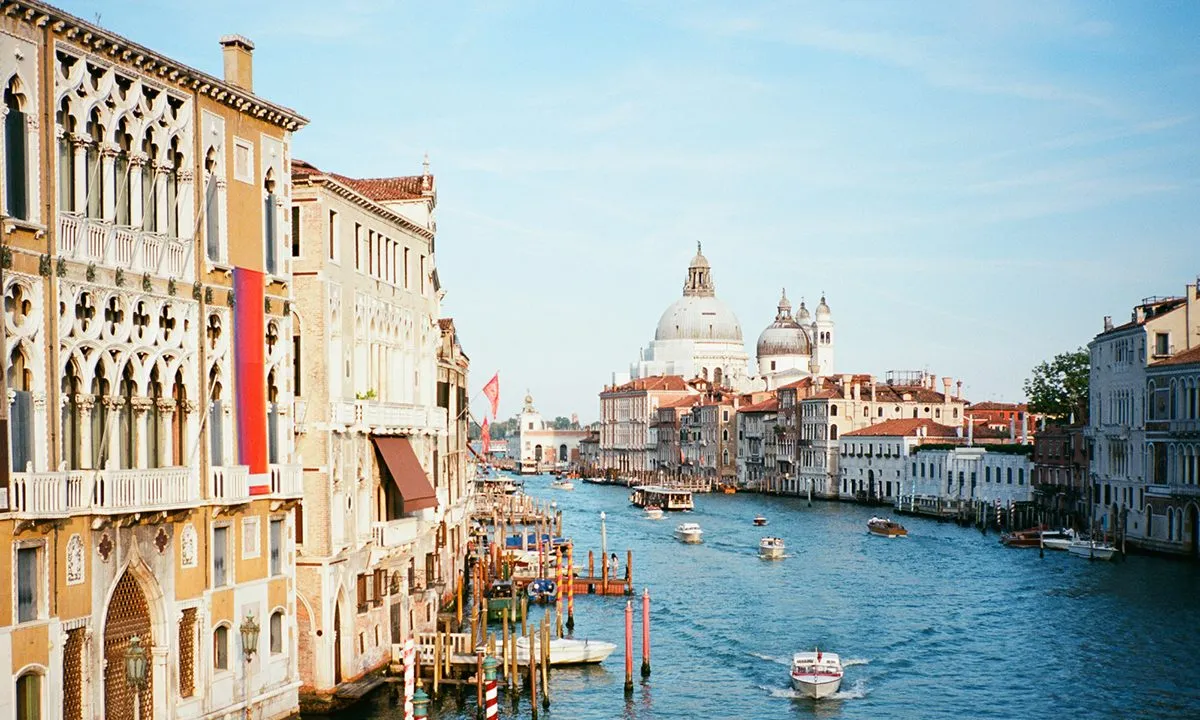

Many European cities are facing an increasingly difficult juggling act—maintaining the necessary income from tourism while also controlling crowds so locals can maintain their peace.
Increasing crowds congregating in popular destinations has been a steadily growing problem, spurred on by a widening of the middle class, budget airlines, access to travel information, and even the drive to get pics for social media. The influx of convenient housing from services such as Airbnb that aids tourists but drives up locals’ rent only adds to the problem of overtourism and overcrowding.
While these European cities are benefitting from the influx of cash, overtourism has its consequences too. Landmarks are getting destroyed, streets are crowded, and people looking for photos are turning some revered places into theme parks.
Videos by Outdoors
Here are five places you should avoid flocking to, because everyone else is there too (and yes, several are in Italy):
Hallstatt, Austria
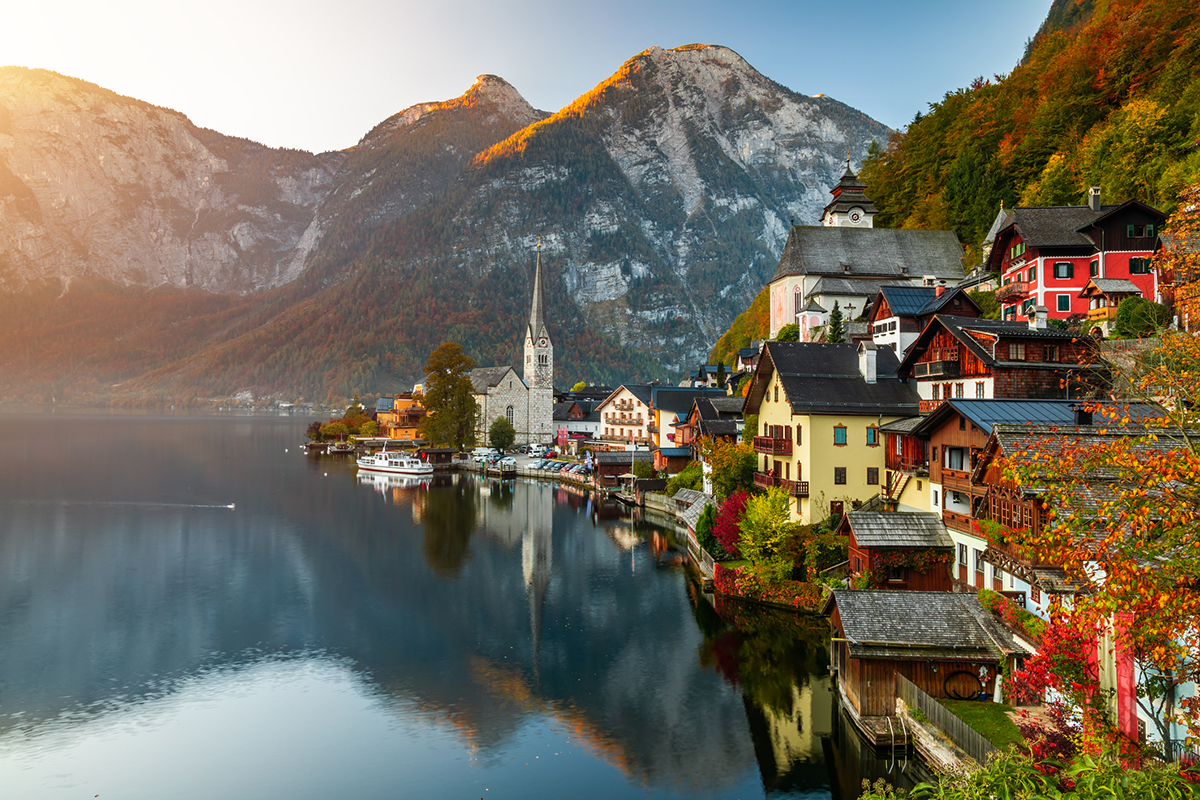
Hallstatt is an incredible small town of only around 923 residents, as of 2023. It’s a landscape of dreams—a beautiful alpine lake and romantic turret with snow-frosted houses and picturesque homes gathered at the water’s edge. Back in 2010, Hallstatt welcomed just 100 visitors a day. Today, the small village welcomes six times the number of tourists per capita that Venice gets.
Thought to be the inspiration for Disney’s animated hit, Frozen (2013), tourists are seeking the real-life version of Anna and Elsa’s hometown. These flocking tourists may have it all wrong, though. In 2020, in an interview with NPR, Mayor Alexander Scheutz explained that Bergen, Norway seems more like Arendelle than Hallstatt.
While locals may take issue with the overcrowding, the influx of tourists brings with it a thriving tourist economy. Even so, locals have become frustrated and have begun to issue restrictions. Mayor Scheutz instigated the installation of a barrier intended to stop tourists from disrupting the lives of residents, but it produced such a backlash on social media, according to Euronews, that it had to be removed. As a compromise, the mayor installed a banner reminding tourists that people live in the area and reportedly said to Euronews that the residents “just want to be left alone.”
Daily limits on the number of buses and cars that can enter the town are regularly reached, and residents are exhausted by the unpermitted drones, tourists, and crowds.
Dubrovnik, Croatia
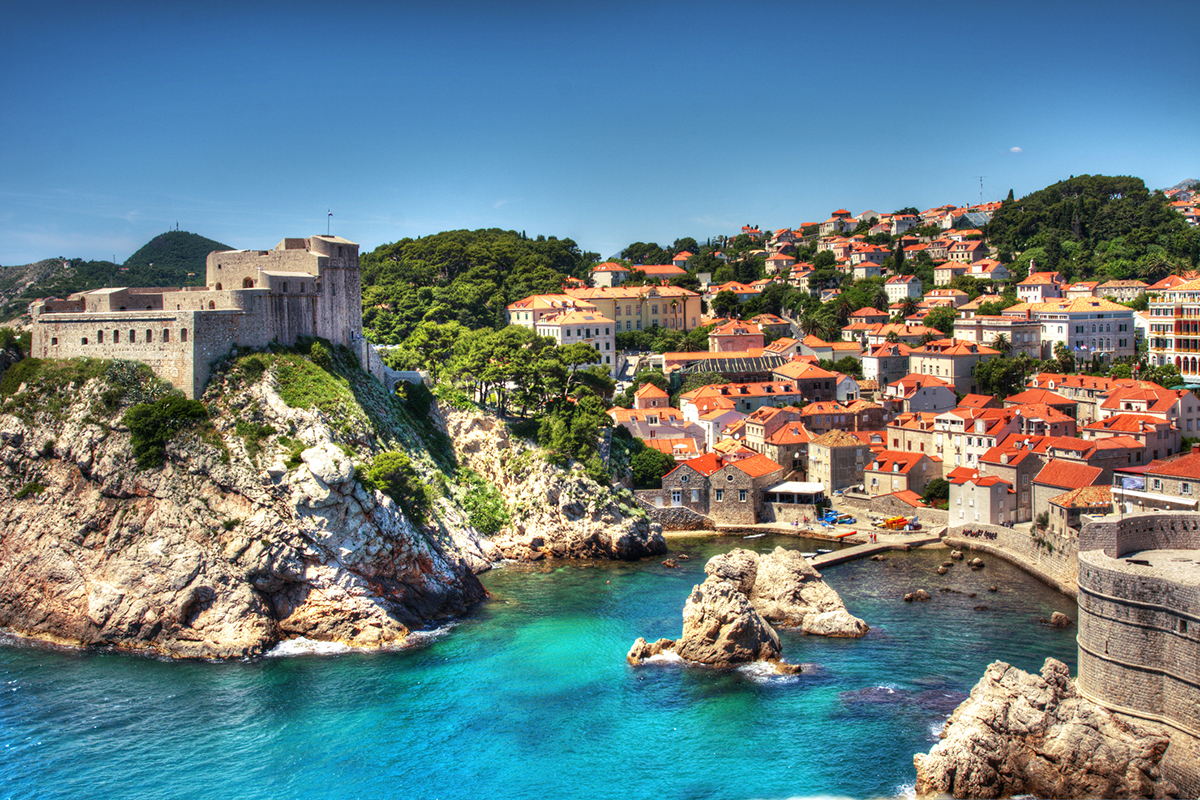
A study by Holidu estimated that as of 2019, there were 36 tourists per one resident in Dubrovnik, Croatia, making Dubrovnik Europe’s most crowded city.
Crowds flock to the incredible orange-roofed city to walk the streets and follow in the footsteps of the Game of Thrones characters in the real-life version of the fictional King’s Landing, which, in the series, is the capital of the Seven Kingdoms. The filming locations are a common blame for the influx of tourism.
While Covid caused a drastic downward trend in tourism from 2020 to 2021, as of 2022, it started increasing once again. According to Croatia Week, the Ministry of Tourism and Sports released a statement in 2023, saying 2022 tourism numbers were close to 2019, an infamously busy year, with 3.8 million overnight stays recorded in Dubrovnik. That number does not even account for day-tourists or those accessing the city by cruise.
Venice, Italy

Venice, Italy is similar to Dubrovnik in that the city has a yearly record of 21 tourists per one inhabitant, as of 2019. Today, there are bans on cruise ships to prevent a surplus of tourists from flooding the narrow streets of the medieval city. Only approximately 51,000 people live in the historical island city of Venice, with more residents in the surrounding areas.
As of 2023, tourists who do not stay overnight in the city are obliged to sign up online in advance for their visit and must pay a fee. The fees range from 3-10 euros ($3.15-$10.50) per person, depending on whether it’s peak season or if reservations are high. Overnight visitors also pay a tourism tax of 5 euros per night, which is included in their hotel bills, but they do not have to pay the reservation fee. If stopped without a reservation, rule-breakers risk fines as high as 300 euros ($315).
The tourism official expressed hope to NPR that the fee-and-reservation obligation will “reduce frictions between day visitors and residents.”
Portofino, Italy
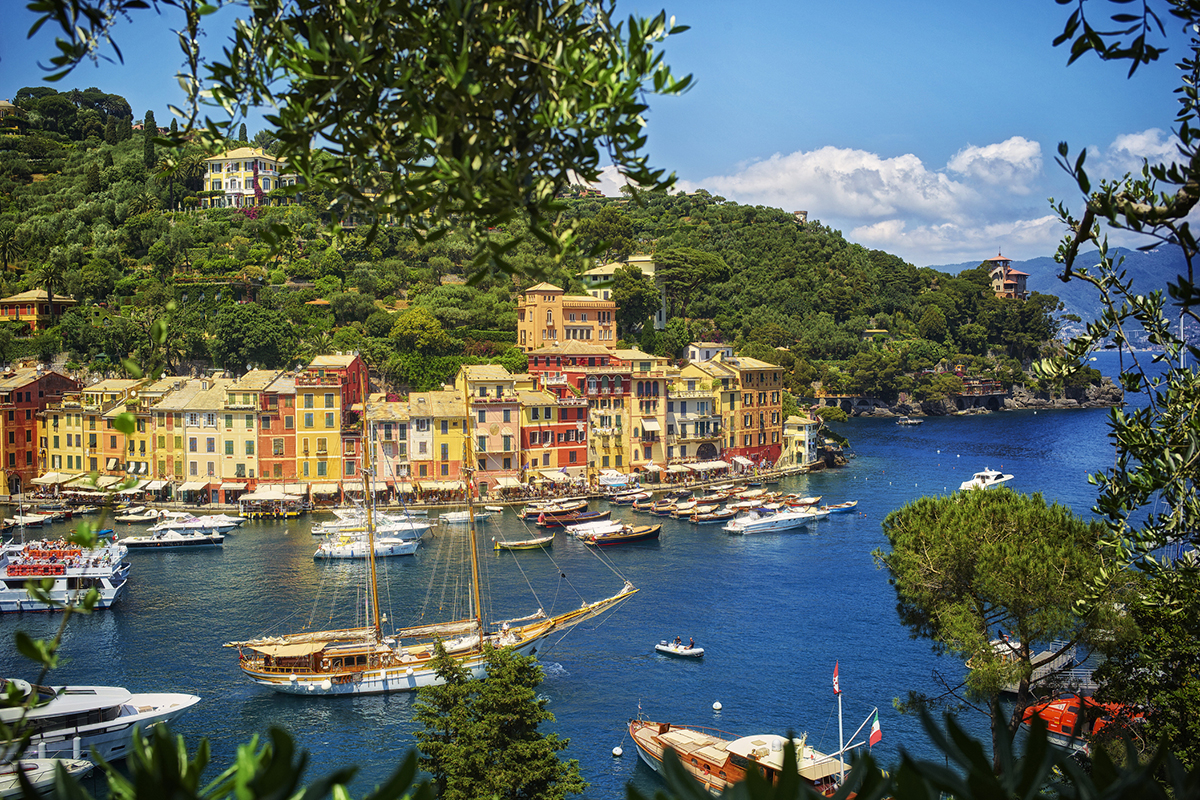
The picturesque town with crisp blue waters and yellow, red, and gold houses dotting the water’s edge takes any visitor away to a paradise of cocktails, warm breezes, and memories that will last a lifetime. Sadly, this small town on the Italian Riviera is overrun with visitors hoping for the perfect selfie, causing traffic jams and problems for locals.
The local population of Portofino is estimated at 335 and the residents long ago grew weary of the selfie-stick loitering around town. They have established no-waiting zones to stop tourists from posing for selfies and cluttering famous views with a fine of 270 euros ($300) for photo-desperate delinquents.
Rome, Italy
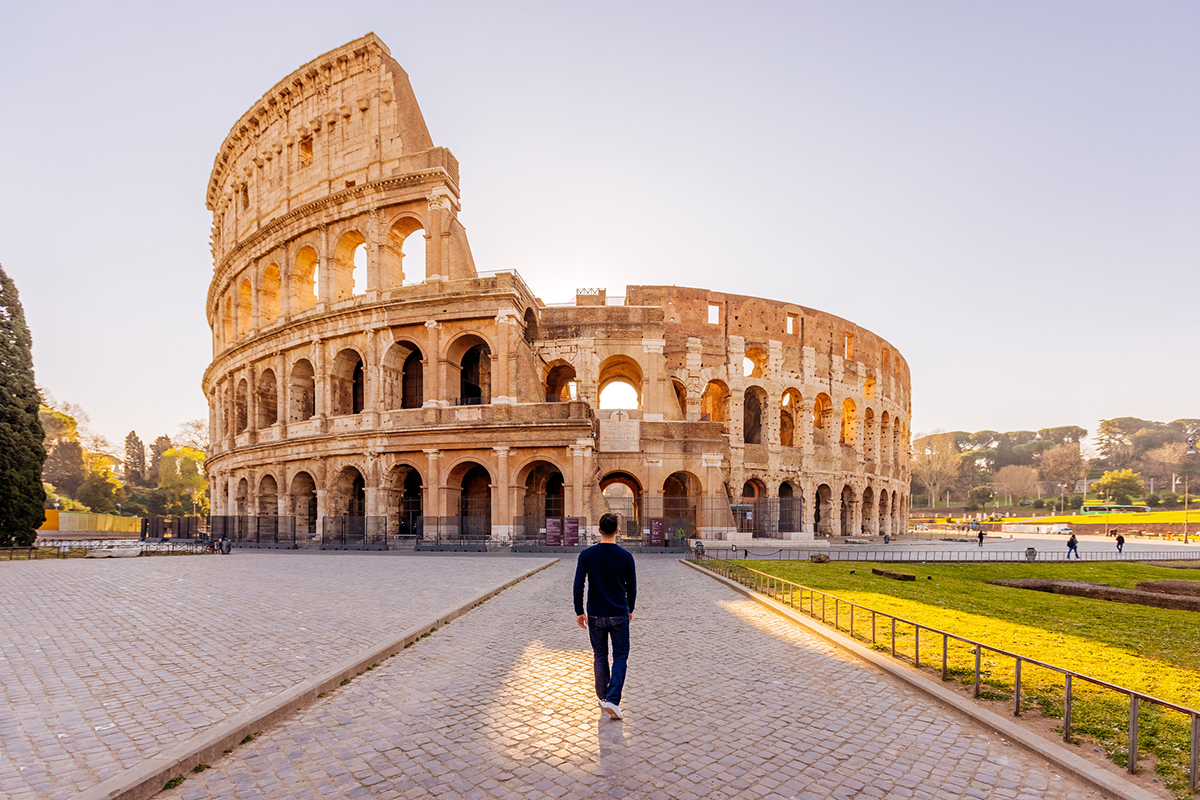
The largest city in Italy had 26 million tourists last year, and it is now enforcing measures to keep the influx of tourists under control. In 2020, Rome’s city council approved a barrier around the famous Trevi Fountain. The barrier is now in place to prevent people from jumping in the water. The 18th-century fountain is the largest Baroque fountain in Rome, and it’s one of the top tourist destinations in the city.
Further restrictions in the overcrowded city include banning people from sitting on the Spanish Steps, which means visitors now have to find a less popular rest stop to enjoy their lunch.
Now You Know
Are one of these popular destinations on your travel bucket list? Picking a less popular destination will not only add to the quality of your travel experience but also give locals a break. For now, avoid these European destinations if you prefer a less crowded, more relaxed vibe.
Have you been to a place that’s overcrowded by visitors? Share your experience below.









